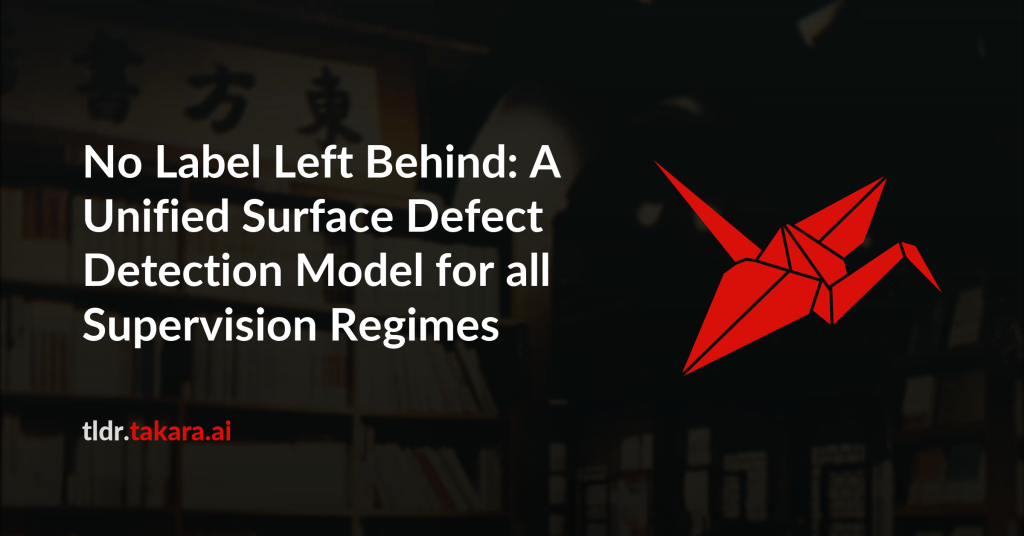Surface defect detection is a critical task across numerous industries, aimed
at efficiently identifying and localising imperfections or irregularities on
manufactured components. While numerous methods have been proposed, many fail
to meet industrial demands for high performance, efficiency, and adaptability.
Existing approaches are often constrained to specific supervision scenarios and
struggle to adapt to the diverse data annotations encountered in real-world
manufacturing processes, such as unsupervised, weakly supervised, mixed
supervision, and fully supervised settings. To address these challenges, we
propose SuperSimpleNet, a highly efficient and adaptable discriminative model
built on the foundation of SimpleNet. SuperSimpleNet incorporates a novel
synthetic anomaly generation process, an enhanced classification head, and an
improved learning procedure, enabling efficient training in all four
supervision scenarios, making it the first model capable of fully leveraging
all available data annotations. SuperSimpleNet sets a new standard for
performance across all scenarios, as demonstrated by its results on four
challenging benchmark datasets. Beyond accuracy, it is very fast, achieving an
inference time below 10 ms. With its ability to unify diverse supervision
paradigms while maintaining outstanding speed and reliability, SuperSimpleNet
represents a promising step forward in addressing real-world manufacturing
challenges and bridging the gap between academic research and industrial
applications. Code: https://github.com/blaz-r/SuperSimpleNet

